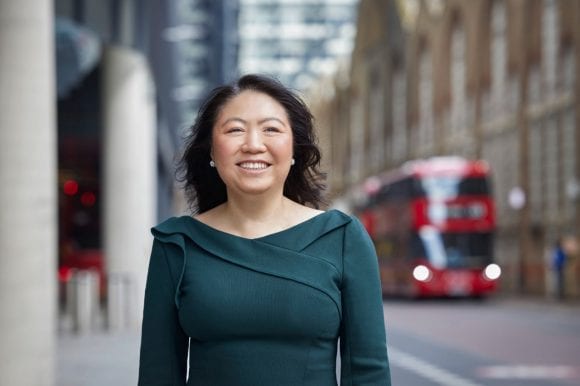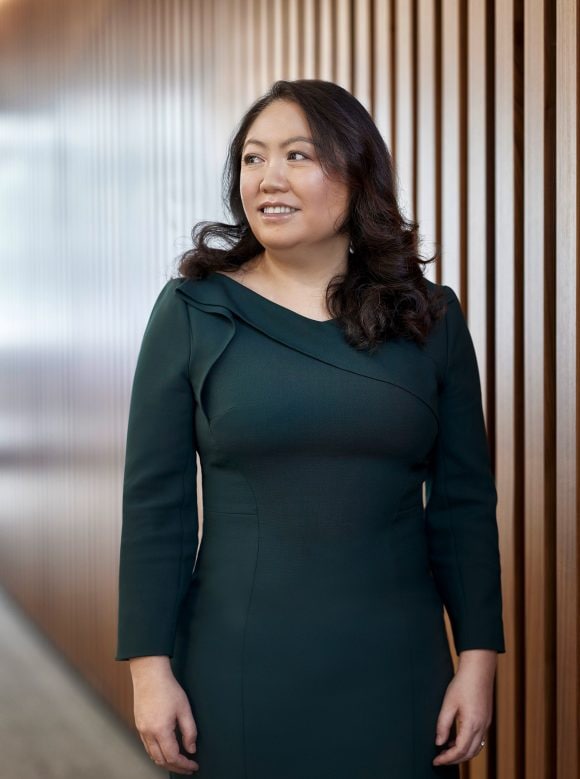Let our differences make the difference
With colleagues and clients around the world, taking both cultural and business needs into account is key to operations and sustainable performance at UBS. Hear from Group Head Diversity, Equity and Inclusion (DE&I), Cicilia Wan.







